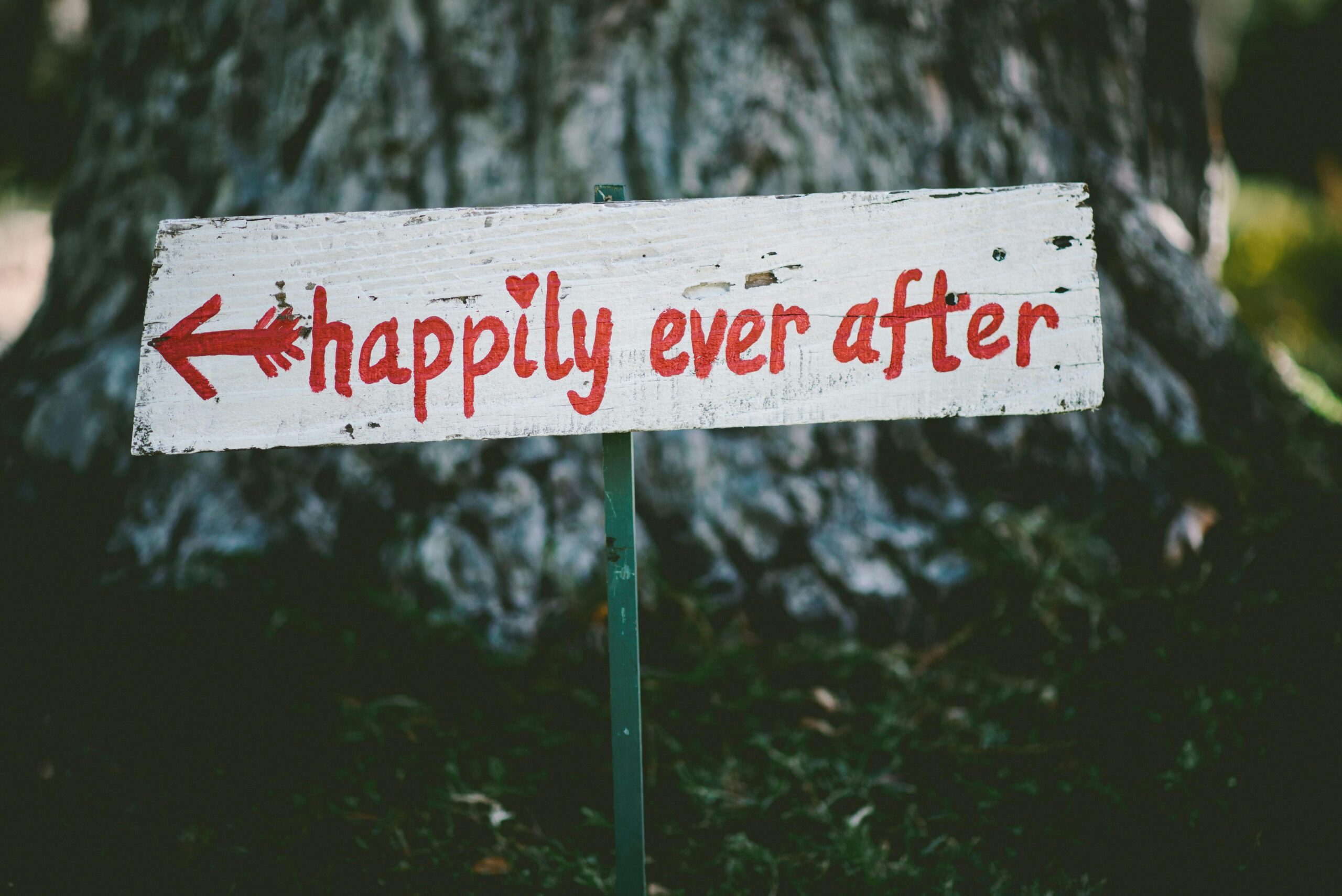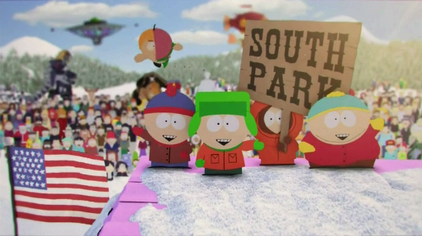Once upon a time… how could a story that starts so innocently have such a significant social impact? Children’s literature is a genre of stories written for ages 0 to 18. In that genre are many other genres, such as fantasy, historical fiction, graphic novels, and mystery. However, the oldest category in children’s literature is fairy tales and folklore. Fairy tales date back to pre-literate times and were told orally before being written down and adapted in the late 1700s and early 1800s. Fairy tales were a form of cultural diffusion, the spread of norms, values, knowledge, symbols, and material components from one society to another. The Brothers Grimm tales were originally written in German, while Hans Christian Andersen adapted his stories into Dutch, yet both collections have been translated into over 280 languages. There is an element of magic, a problem to be solved, and a moral to learn.
 The purpose of these stories is to teach children a lesson and act as a form of social control, the informal and formal regulation of members of society to gain conformity and compliance. They serve as a nicer way to warn against dangers in the world. Many parents would rather recite “Hansel and Gretel“ before bedtime, a story about two children who meet a witch in the woods who wants to eat them, than have a stern discussion about wandering off and meeting strangers. Fairy tales are informal social control, individuals and groups that unofficially reinforce social norms, because stories have no legal importance. Their significance comes in how they shape and change behavior. If a child is constantly read Pinocchio, they understand that lying and stealing has consequences — maybe not to the degree of growing a nose or turning into a donkey, but the message sticks and they are less likely to lie to an adult.
The purpose of these stories is to teach children a lesson and act as a form of social control, the informal and formal regulation of members of society to gain conformity and compliance. They serve as a nicer way to warn against dangers in the world. Many parents would rather recite “Hansel and Gretel“ before bedtime, a story about two children who meet a witch in the woods who wants to eat them, than have a stern discussion about wandering off and meeting strangers. Fairy tales are informal social control, individuals and groups that unofficially reinforce social norms, because stories have no legal importance. Their significance comes in how they shape and change behavior. If a child is constantly read Pinocchio, they understand that lying and stealing has consequences — maybe not to the degree of growing a nose or turning into a donkey, but the message sticks and they are less likely to lie to an adult.
 Each culture has stories like this. While Brothers Grimm and Hans Christian Andersen are popular in Western culture, it is important to avoid ethnocentric views. Ethnocentrism is the act of judging another culture by one’s own standards. The opposite of this is cultural relativism, understanding another culture from their own standards, and reading different cultures’ fairy tales can help expand our understanding. Momotarō is a Japanese fairy tale about a boy born from a peach who is then raised by a childless couple. African fairy tales, folk tales, and myths pass down traditions and customs from one generation to another. The Tortoise, the Dog, and the Farmer is a folk tale from Nigeria; it covers themes of greed. No matter the language, characters, or culture, fairy tales are ways to learn about a society and their values.
Each culture has stories like this. While Brothers Grimm and Hans Christian Andersen are popular in Western culture, it is important to avoid ethnocentric views. Ethnocentrism is the act of judging another culture by one’s own standards. The opposite of this is cultural relativism, understanding another culture from their own standards, and reading different cultures’ fairy tales can help expand our understanding. Momotarō is a Japanese fairy tale about a boy born from a peach who is then raised by a childless couple. African fairy tales, folk tales, and myths pass down traditions and customs from one generation to another. The Tortoise, the Dog, and the Farmer is a folk tale from Nigeria; it covers themes of greed. No matter the language, characters, or culture, fairy tales are ways to learn about a society and their values.
Fairy tales are also tools to explain traditional gender roles, public expression of one’s gender identity. For example, “Snow White and the Seven Dwarfs“ labels housework, such as cooking, cleaning, and caring for the men in the household, as a woman’s job. Snow White enters their home and immediately begins dusting cobwebs and washing dishes. Meanwhile, the dwarfs go to the mines for their jobs in the morning and come back just as the sun is setting in the evening. Snow White is even seen in a feminine-expressive role, providing care and emotional support, when she kisses each dwarf goodbye.
However, there is a grim side of fairy tales and their impact on society. One problem that scholars and social media users alike point out is the unattainable beauty ideals. A study by Lorber defined gender imagery as the cultural representations of gender and embodiment of gender in symbolic language and artistic productions that reproduce and legitimate gender statuses. This can be seen in the replications and retellings of fairy tales. “Aschenputtel“ by Brothers Grimm, and later adapted to Cinderella, puts value on the way the main character looks. The story describes her as a soft-spoken, beautiful girl. Disney’s 1950 animated film Cinderella reflects the beauty standards of the decade with the character’s blond, short hair and a ballroom length dress. This popularized version of Cinderella has stuck; Into the Woods, Disney’s live adaptation of Cinderella, and A Cinderella Story all depict a woman with extravagant ballroom dresses, flawless white skin, and blonde hair. It’s almost like creators are perpetuating beauty standards that are impossible for some women.
Similarly, fairy tales have a representation problem. They lack diversity, the recognition and respect of the different attributes of races and ethnicities. By the final edition, Wilhelm Grimm had sanitized and edited their original publication to remove sexual implications. Children’s literature, as a broad genre, has become more inclusive of characters with disabilities and of different ethnicities, races, and sexual orientations, but the classical tales have deep roots, and retellings with diversity don’t gain the same level of popularity.
Another issue with fairy tales is the unrealistic expectations they place on relationships. There is a Prince Charming out there for everyone and he’s handsome and thin and has a strong jawline. Modern-day Prince Charmings may include any of the men on the “Hottest Men of All Time” list. The prince is supposed to save the princess and when they meet, there’s an instant connection. This part of the fairy tale falls to reflect modern-day trends. The median age of characters is 18–22 when they court, seeking an individual’s affection or establishing contractual terms, usually intending to form a long-term relationship, and marry. Based on data from 2022, the U.S. median age of a first marriage is 30.5 (males) and 28.6 (females). These numbers have been climbing since the early 2000s as society places importance on education, financial stability, and cohabitation — a residential pattern in which a couple lives together without the benefits of legal marriage — before getting married. Modern-day fairy tales, such as Frozen and How to Train Your Dragon, do not conform to the trends observed by researchers and depict teenagers entering relationships and marrying young.
 To play Devil’s Advocate, there are multiple attempts to diversity fairy tales for a Western audience. The 1997 movie adaptation of Cinderella starring Brandy, Whitney Houston, and Whoopie Goldberg breaks through the first two limitations mentioned. The jukebox musical adaptation of Cinderella in 2021 with Camila Cabello, Nicholas Galitzine, and Billy Porter is another example of including multiple ethnicities and races. Original films that could be considered modern fairy tales, such as Encanto and Lilo & Stitch, have crews visiting the intended setting, learning the culture and custom, and striving for accurate representation. Historically, Hollywood and other industries have perpetuated White, heteronormative standards, but that is changing. Movies describe how the media can influence and be influenced by society; as a population becomes more diverse, successful media can reflect that diversity.
To play Devil’s Advocate, there are multiple attempts to diversity fairy tales for a Western audience. The 1997 movie adaptation of Cinderella starring Brandy, Whitney Houston, and Whoopie Goldberg breaks through the first two limitations mentioned. The jukebox musical adaptation of Cinderella in 2021 with Camila Cabello, Nicholas Galitzine, and Billy Porter is another example of including multiple ethnicities and races. Original films that could be considered modern fairy tales, such as Encanto and Lilo & Stitch, have crews visiting the intended setting, learning the culture and custom, and striving for accurate representation. Historically, Hollywood and other industries have perpetuated White, heteronormative standards, but that is changing. Movies describe how the media can influence and be influenced by society; as a population becomes more diverse, successful media can reflect that diversity.
 So, what’s the moral of this story? Was there a lesson you could walk away with? Fairy tales aren’t horrible, yet they should be read with a grain of salt — meaning questioning them is fine and necessary. They should be viewed in the larger social context. Authors might not have meant for them to take off and have cultural longevity in retellings and adaptations, but their messages live on and impact society more than anticipated. The next fairy tale you come across, try using sociology to think beyond the happily ever after.
So, what’s the moral of this story? Was there a lesson you could walk away with? Fairy tales aren’t horrible, yet they should be read with a grain of salt — meaning questioning them is fine and necessary. They should be viewed in the larger social context. Authors might not have meant for them to take off and have cultural longevity in retellings and adaptations, but their messages live on and impact society more than anticipated. The next fairy tale you come across, try using sociology to think beyond the happily ever after.
Mortimer is a guest blogger at UITAC Publishing. UITAC’s mission is to provide high-quality, affordable, and socially responsible online course materials.
Image used in this blog:
- “Happily ever after sign” by Ben Rosett is licensed on Unsplash. This image has not been altered
- “Garçon aux cheveux bruns en chemise blanche et short rouge figurine d’action” by Yucel Moran is licensed on Unsplash. This image has not been altered.
- “Statue of Momotaro born from Peach in Momotaro jinja” by KKPCW is licensed under CC BY-SA 4.0. This image has not been altered.
- “Brandy Norwood 2019” by WBLS is licensed under CC BY 3.0. This image has not been altered.




